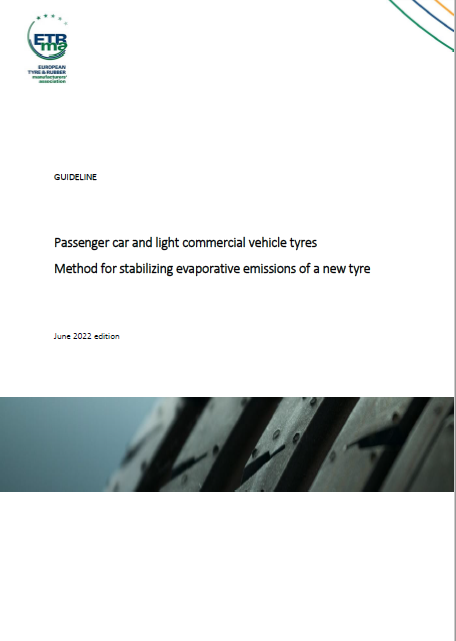ETRMA reaffirms its position on a method for stabilizing evaporative emissions
Any vehicle tyre is usually emitting an unstable and higher level of evaporative emissions soon after the manufacturing process. These emissions are decaying during the normal tyre storage and use during the first months following the manufacturing, until they reach a stable level. In this paper, ETRMA identifies the tyre preparation prior to a SHED or other evaporative emission test when mounted on a vehicle, to reduce the variability of the vehicle fuel system evaporative emissions performance measurement.
Whole vehicle evaporative emissions standards and regulatory methodologies are historically aiming at reducing vehicle evaporative emissions of the fuel system over the entire life span of the vehicle, including during the refuelling operations. Existing regulations only have these emissions in scope.
Non-fuel components of the vehicle, such as tyres, plastics or other rubber parts may also emit evaporative emissions. Tyre emissions have been always accounted for only a negligible part with respect to a threshold set for a SHED (Sealed Housing for Evaporative Determination) of a whole vehicle. However, with the continuous tightening over time of fuel system evaporative emission thresholds, those emissions not pertinent to the fuel system and outside the regulatory scope, have the potential to influence the measurements if the stabilization procedures are not evolving over time as well.
Read more on our document “Method for stabilizing evaporative emissions of a new tyre. Tyres for passenger cars and light commercial vehicles.”
